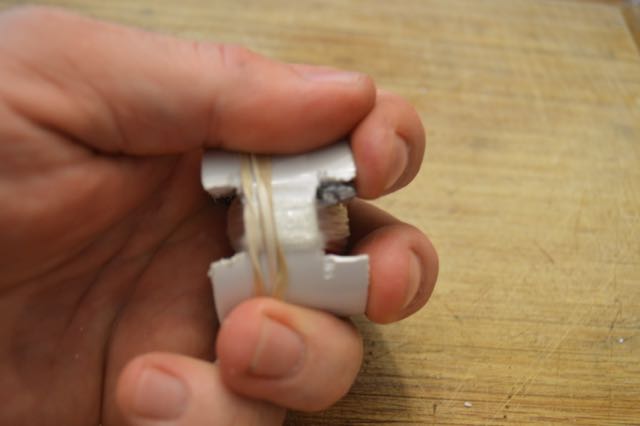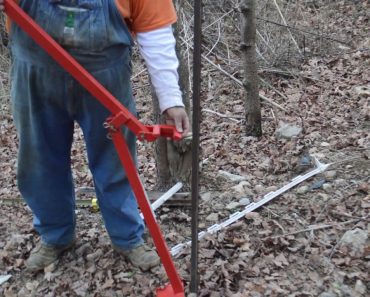
A backyard field of grains? Yes, absolutely! Homegrown Whole Grains are rapidly replacing grass in the yards of dedicated locavores across the country. For adventurous homeowners who want to get in on the movement, Homegrown Whole Grains is the place to begin.
Growing whole grains is simpler and more rewarding than most people imagine. With as little as 1000 square feet of land, backyard farmers can grow enough wheat to harvest 50 pounds in a single afternoon – and those 50 pounds can be baked into 50 loaves of fresh bread.
In addition to providing information on wheat and corn, Homegrown Whole Grains includes complete growing, harvesting, and threshing instructions for barley, millet, oats, rice, rye, spelt, and quinoa, and lighter coverage of several specialty grains. Readers will also find helpful tips on processing whole grains, from what to look for in a home mill to how to dry corn and remove the hulls from barley and rice.
Chapters for each grain include inventive recipes for cereals, desserts, casseroles, salads, soups and stews, and, of course, home-baked breads, the crowning achievement of the home grain grower. Sara Pitzer shares dozens of ideas for using whole grains – from cooking sturdy wheat berries in a slow cooker to malting barley for homebrewed beer. Whether milled into nutritional flours or used in any of their unmilled states, wheat, barley, quinoa, and the other grain crops are healthful additions to every diet.










